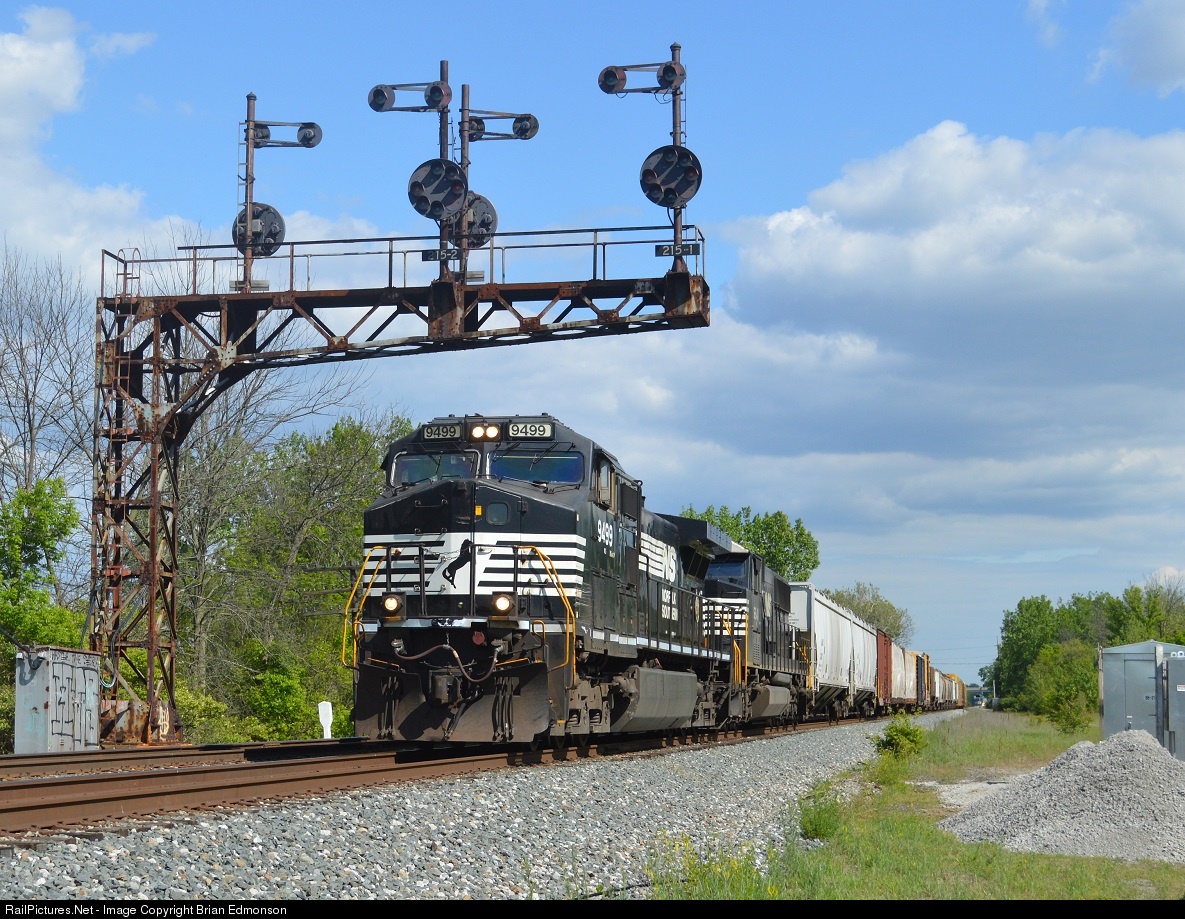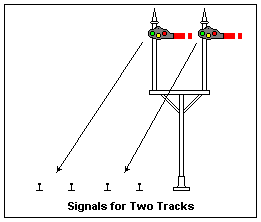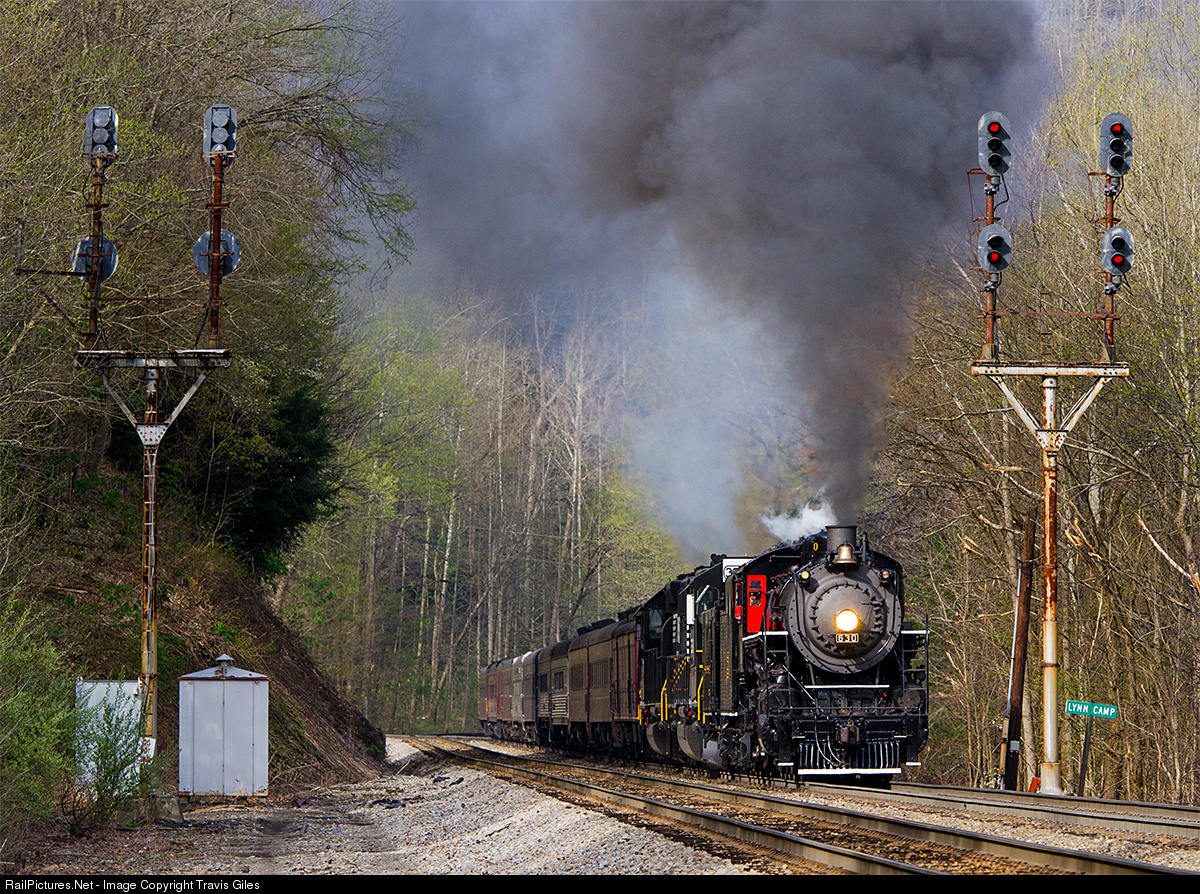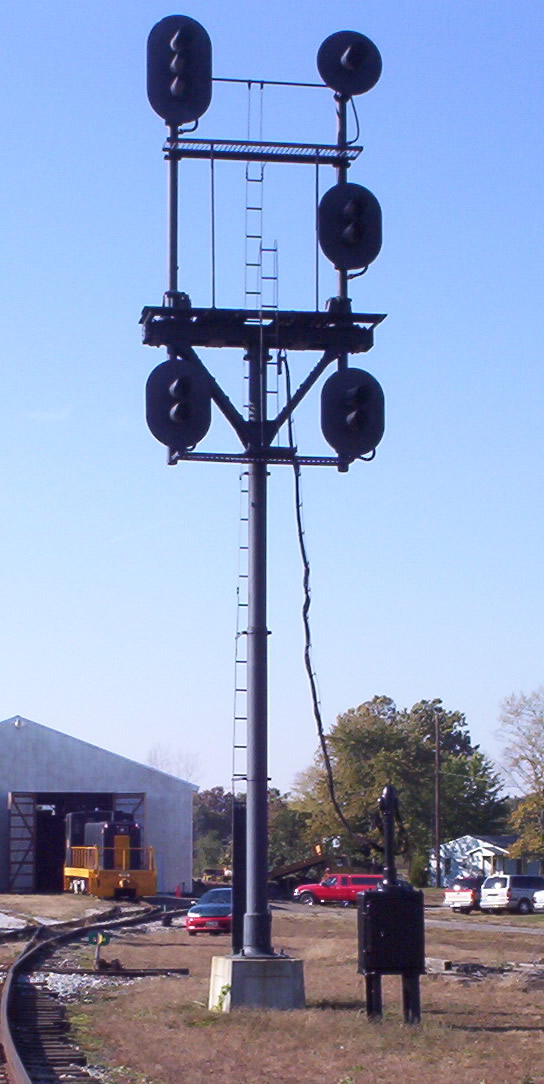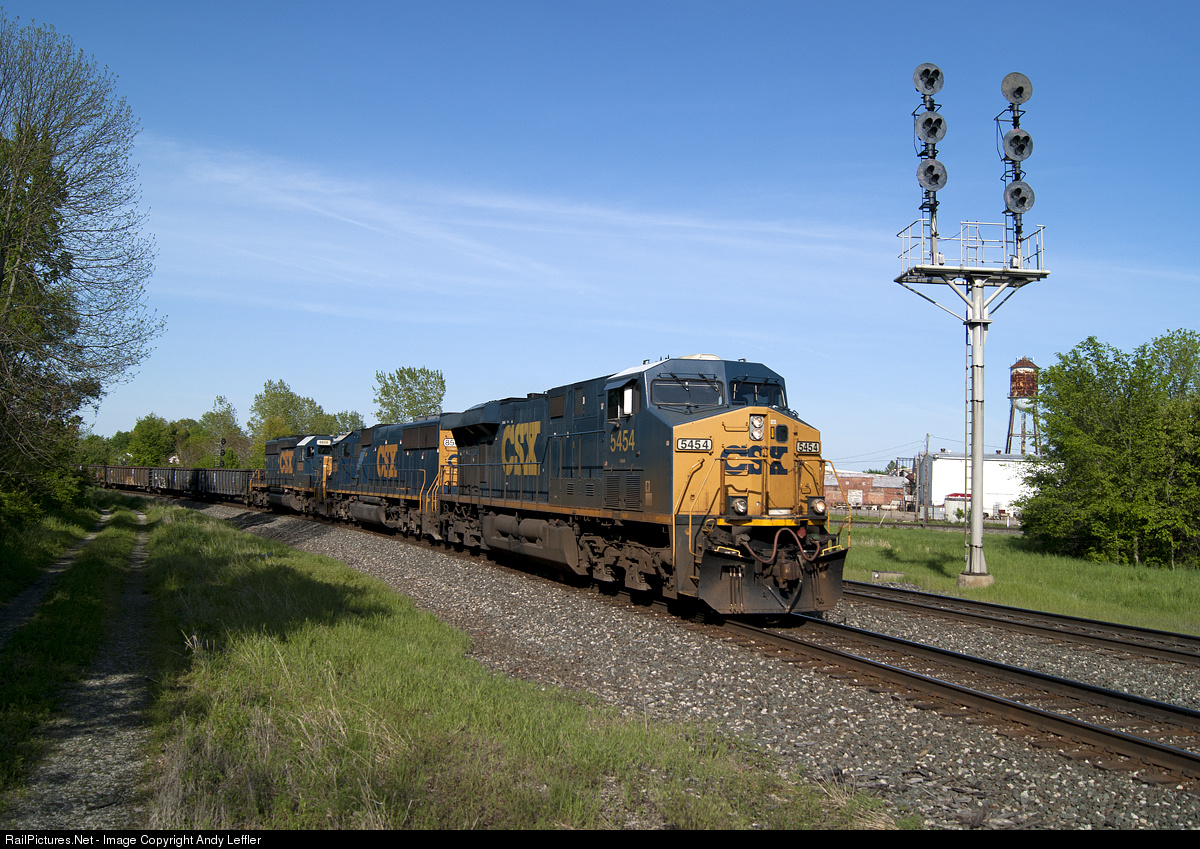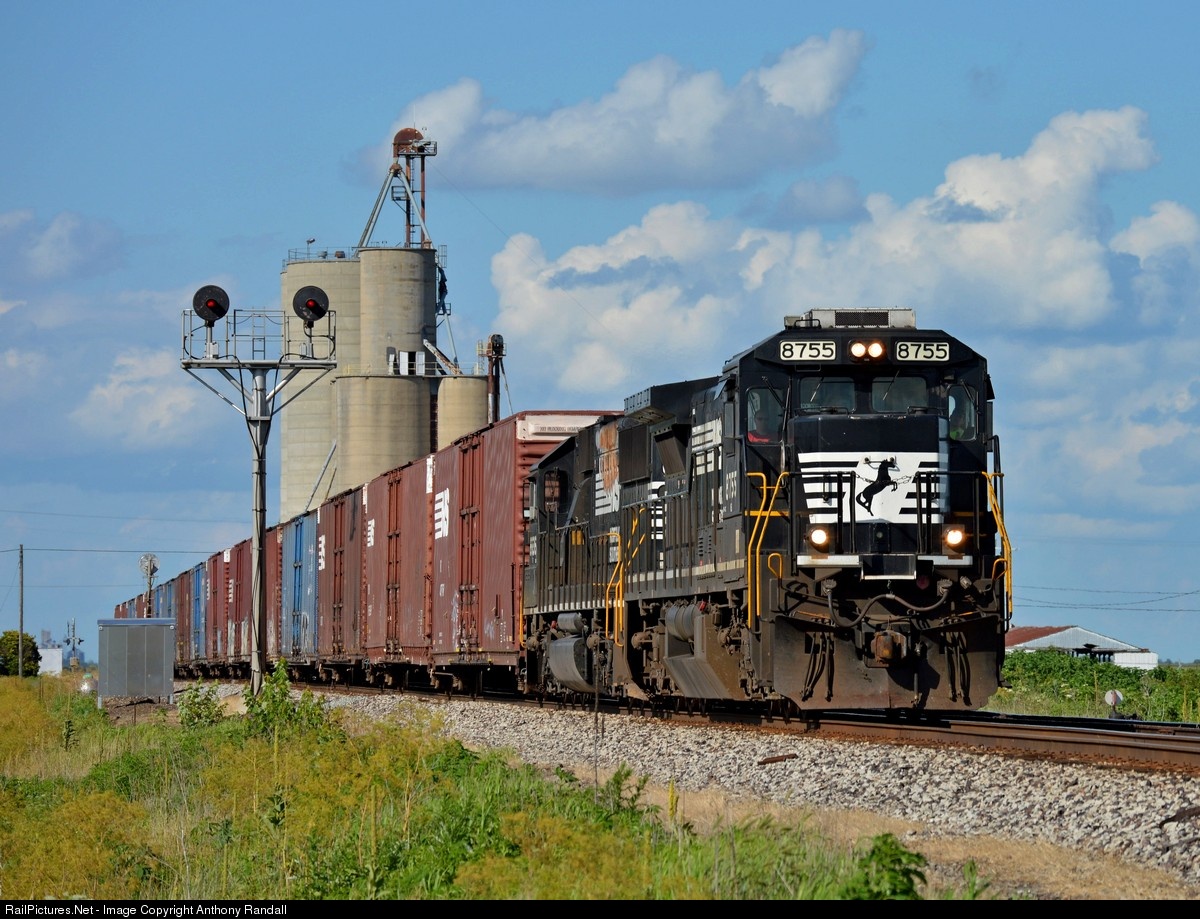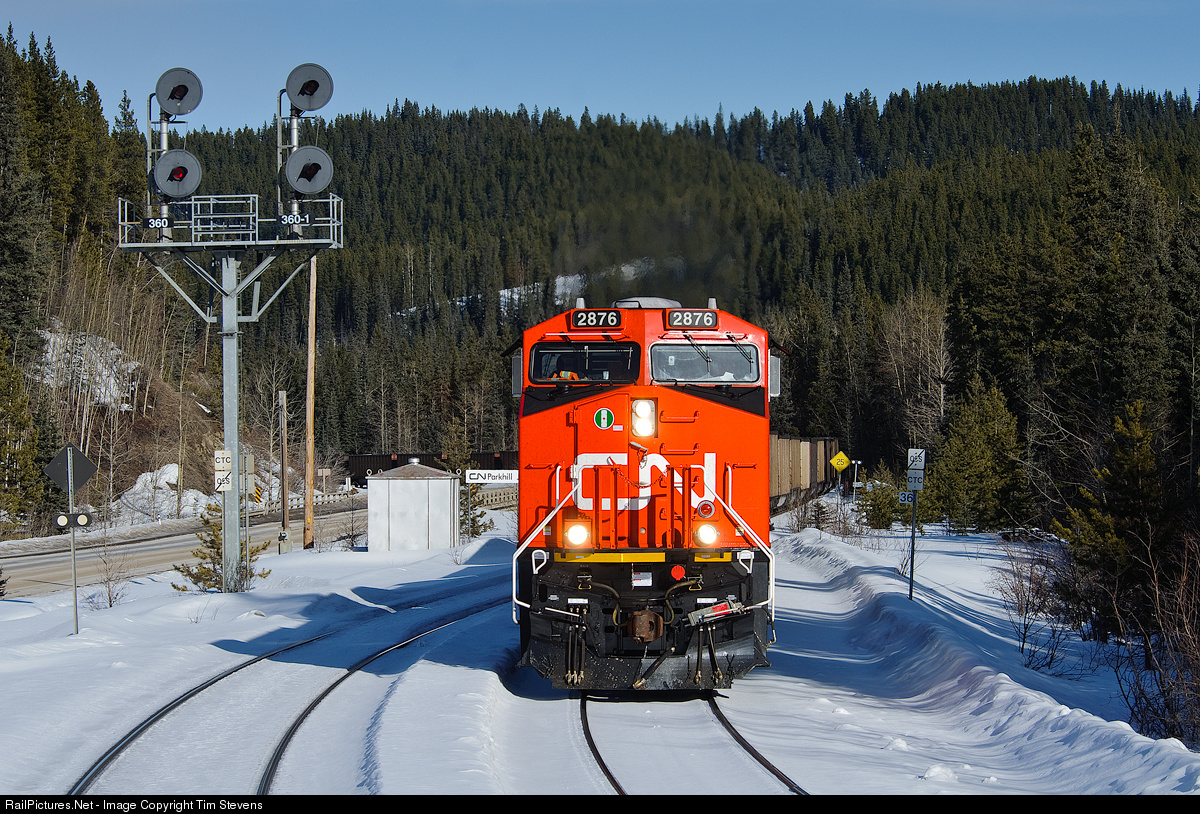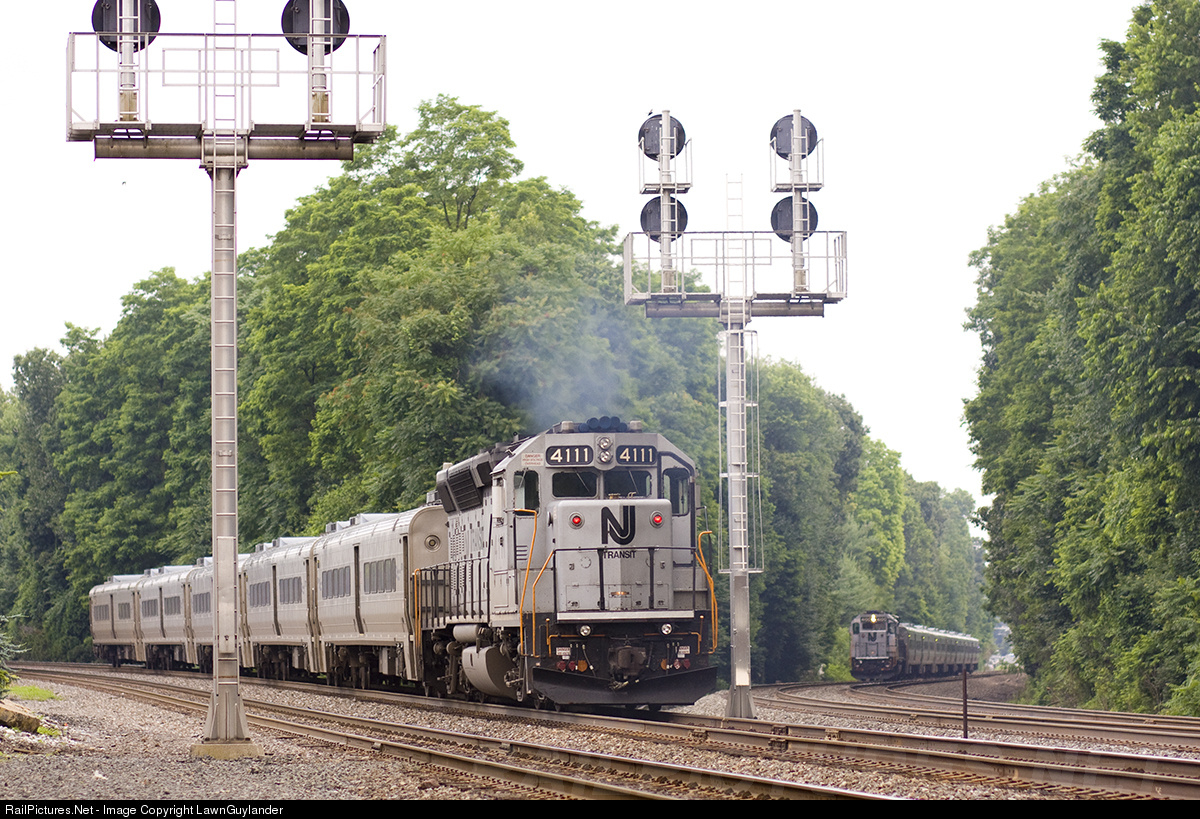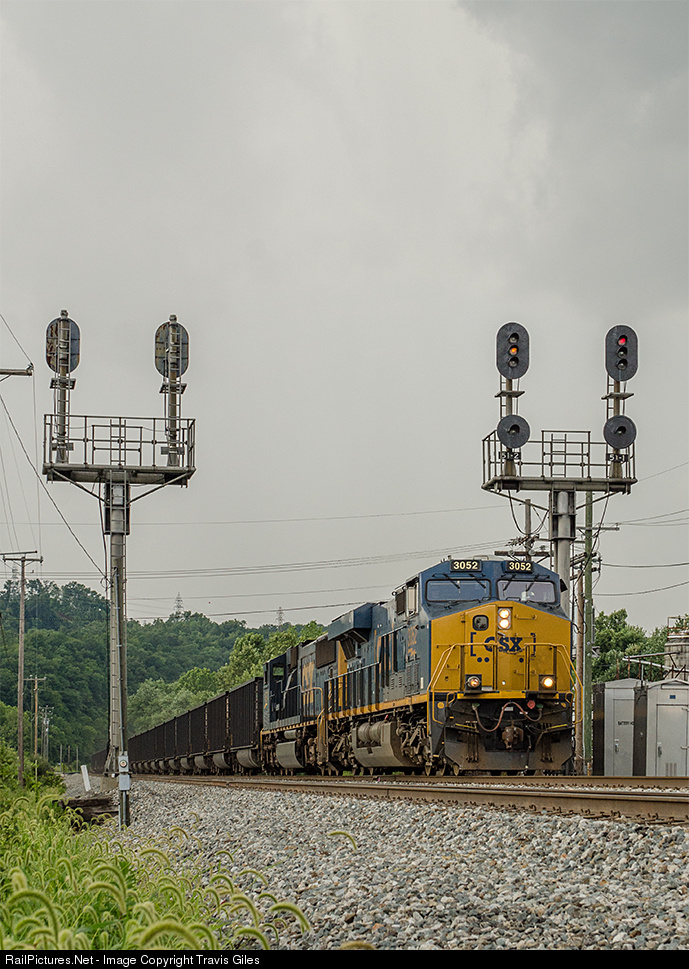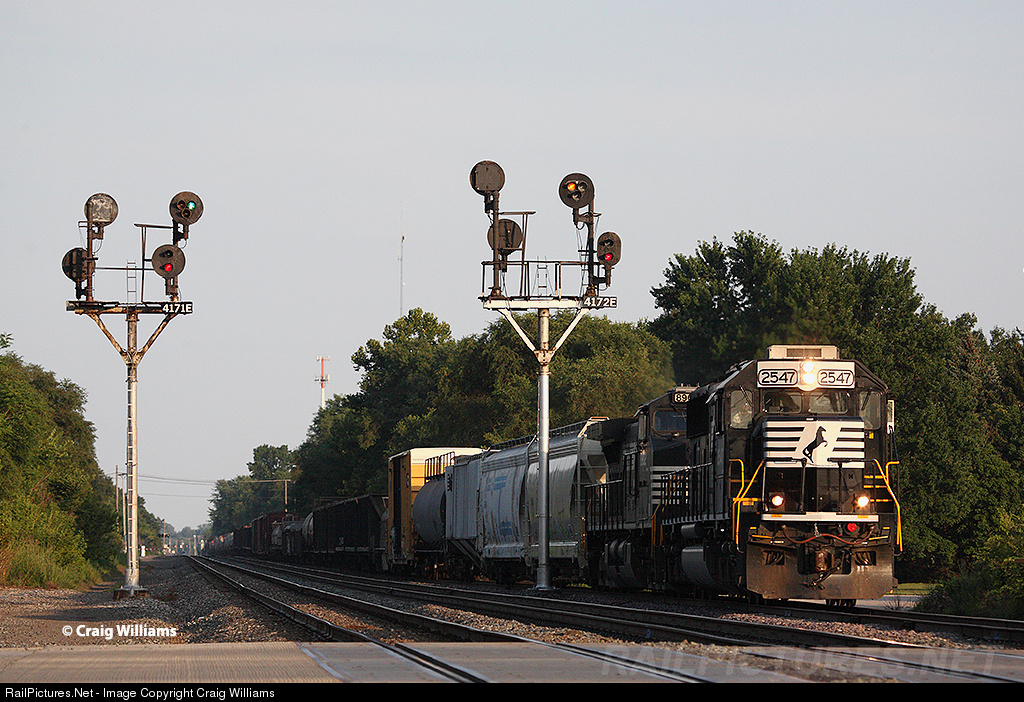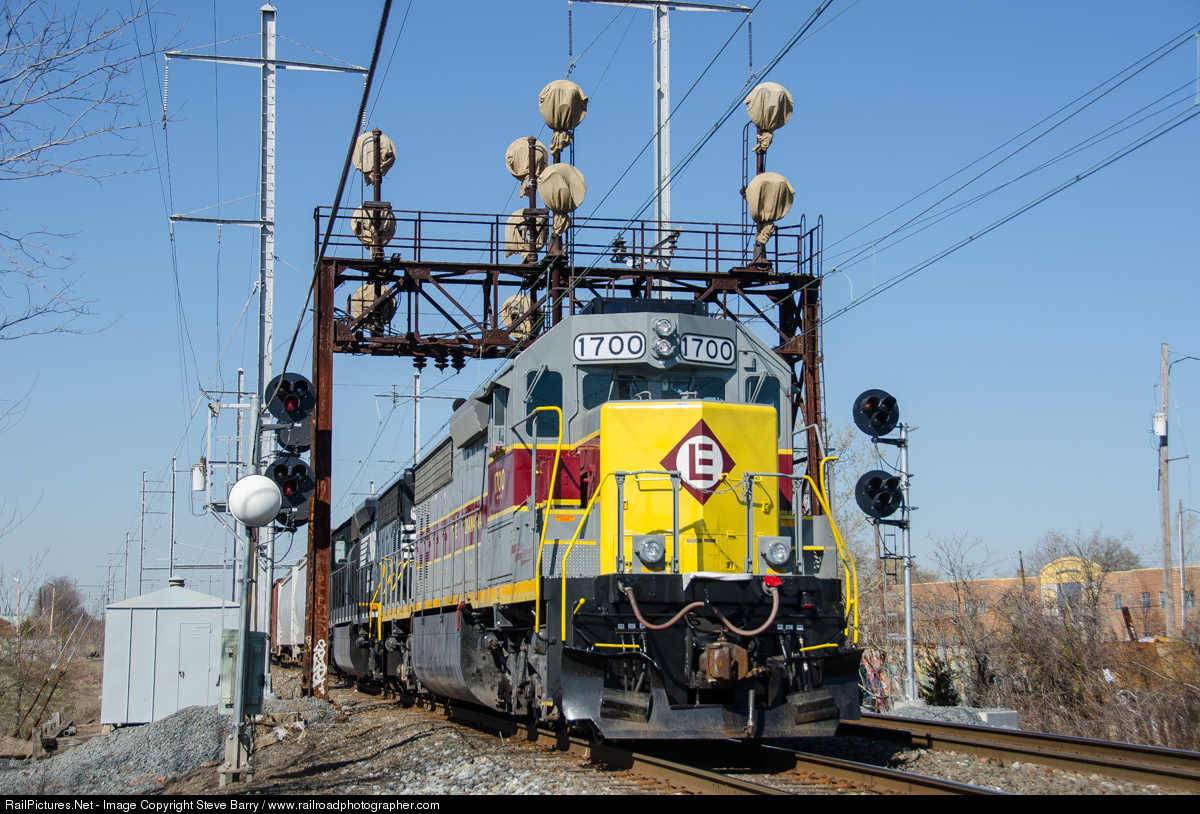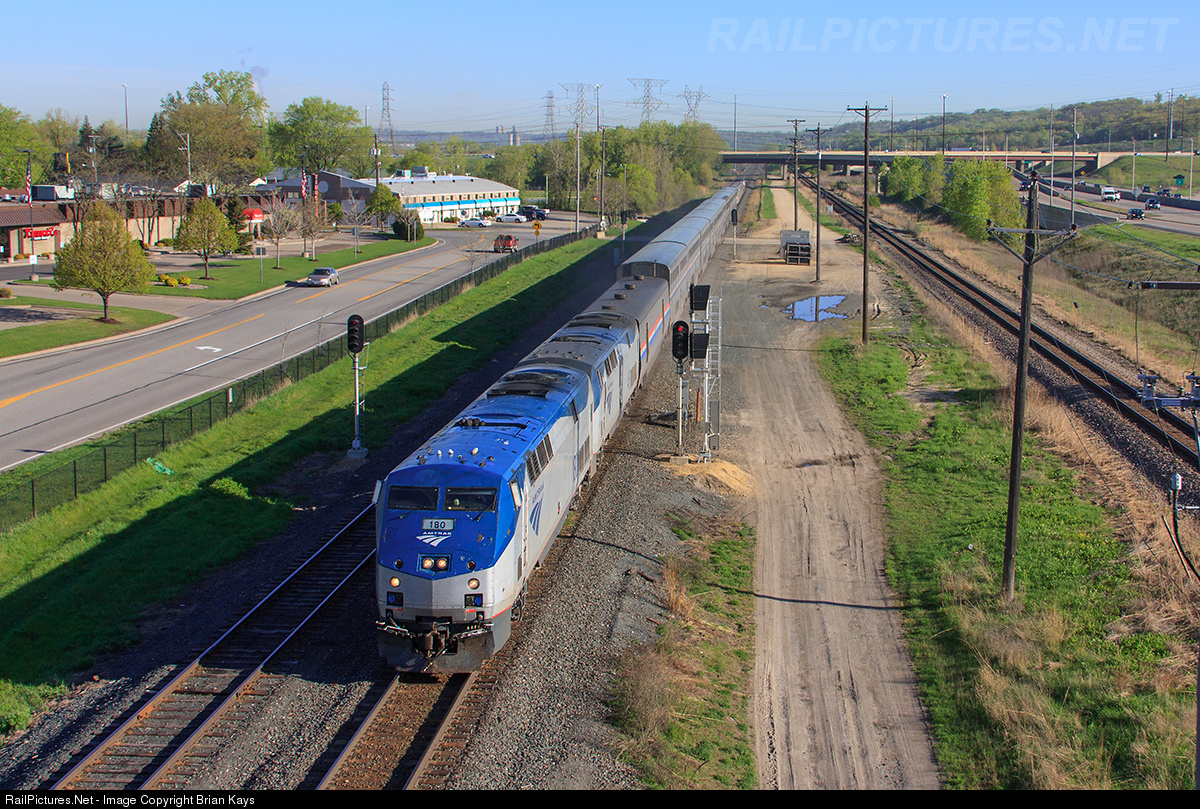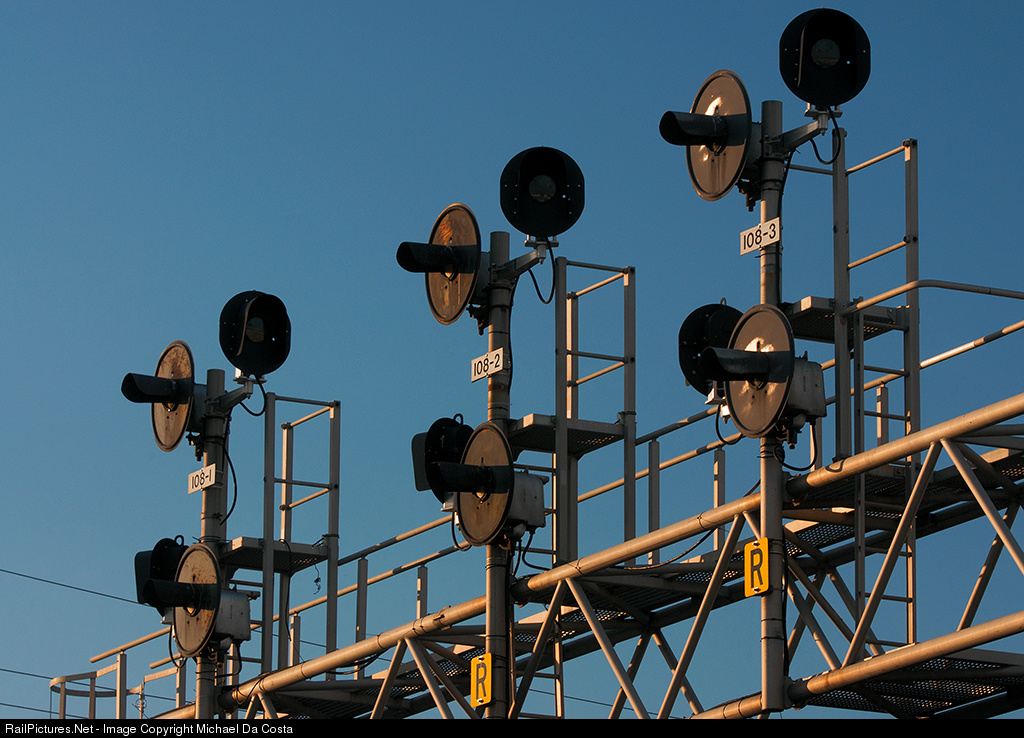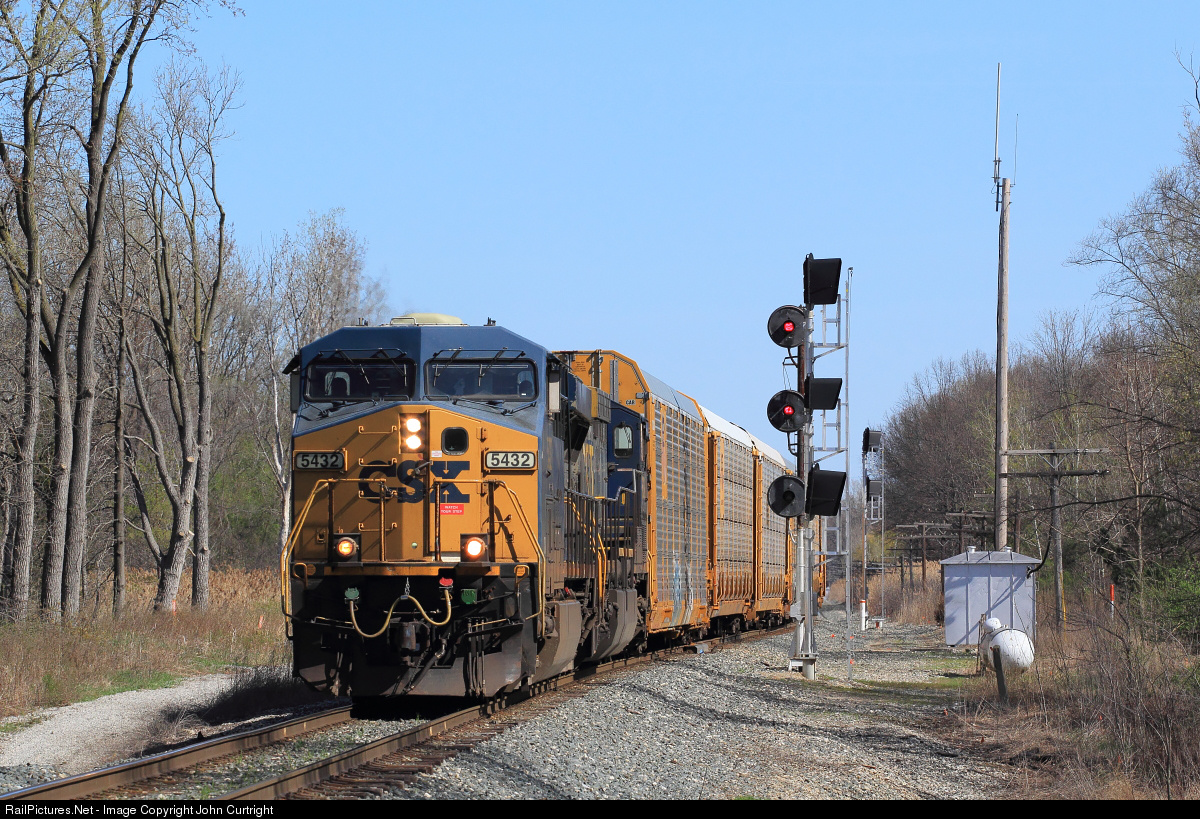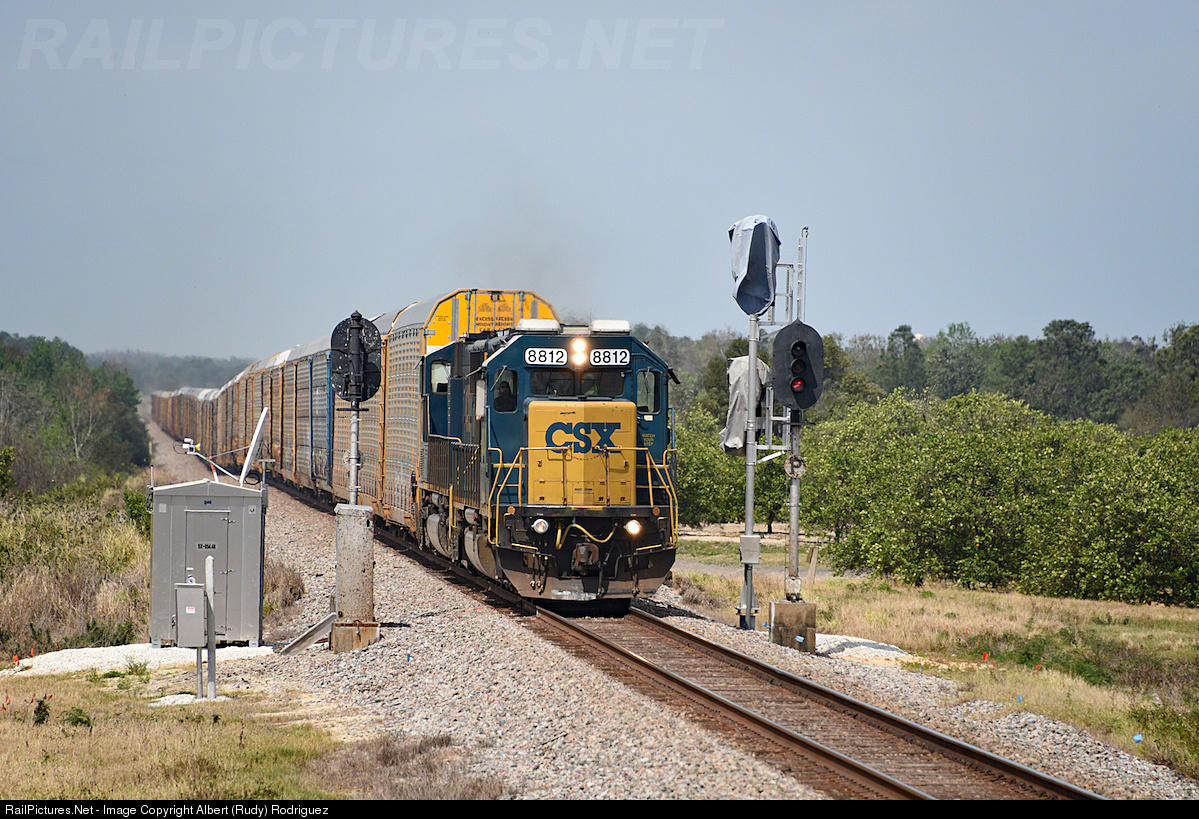Now this was sort of covered in my post on knowing your cab signal displays, but this image has a bit more detail. First thing I notice is that this very similar in appearance to the ITCS CDU used out on the Michigan Line, except there is the upper portion displaying the cab signal indication. Below that is a single Max Authorized Speed readout, which I assume displays whatever is lower between the cab signal and ACSES, but I can't be sure about that. Below that is a time to penalty countdown display. There is a bit of debate about how the PTC displays should warm the engineer that a penalty is about to occur and it appears that Amtrak has opted for TTP both with ITCS and ACSES. Again, not sure if it also counts down to a cab signal related penalty. Next to the TTP display there is an indication for the ACSES enforced Clear to Next Interlocking signal that is still needed in case of cab signal failure and there is also a warning about invalid TSR data for when data radios are having problems. Next we see the various cut-in/cut-out and error lights and finally we see a message display that might not be used yet as the rulebook makes no mention of ACSES messages like it does ITCS messages.
The new SEPTA CDU again begins with a cab signal section with a pair of multi-color LED lamps to display the signal. As we can see here SEPTA chose R/Y instead of R/L for Restricting. Below that we see the same MAS display, which I have to assume switches between ATC and PTC (whichever is lower) as indicated by the adjacent lamps. Below that is the cab speedometer showing the train's actual speed. Instead of a TTP countdown, only an overspeed lamp is provided. Not sure what the criteria for avoiding a penalty is. Below that things become familiar again with cut-in/cut-out and error lights followed by a message display. At the bottom is a key switch for conducting ATC and PTC tests.
Regarding performance issues I have learned that it is possible to set the PTC enforced speeds higher than what appears in the timetable if the timetable speeds are based on passenger comfort, wear and tear, etc. This would allow the engineer additional wiggle room without risking any sort of derailment. However since all the CDU's show MAS and not some enforcement speed it would be difficult to implement this without causing confusion. The system would need to be changed to that the system was aware of both a timetable speed to display and an enforcement speed at which a penalty application would be initiated.
The biggest problem is the the lack of precision in the position stop function. Currently a train may be stopped up to 100 feet + 10% of the distance since the last transponder. This can extend up to 1000 feet from a stop signal and is most acutely felt when trains are attempting to make station stops where a stop signal is at the end of the platform. Previously Amtrak allowed for use of the stop release button to allow trains to platform properly, but this is no longer the case. commuter railroads will be most effected and although placement of additional transponders can help, the 100 foot buffer will still cause shortfalls. Apparently the system has to allow for an engineer pegging the controller right up against a stop signal which could move the train past before the brakes could stop it. Of course a proper risk assessment would label the risk of such an event as fanciful, but I don't think anyone is conducting proper risk assessments here.
The one silver lining is that the positive stop point does not have to be at the Stop signal, but at the fouling point of the first switch, which can restore some semblance of normalcy. The best solution would be to allow some sort of virtual swinging overlap that can dynamically change the positive stop target based on other lined routes through the interlocking.
Anyway that's all I have for now. Let's hope that if the operational impact is significant enough some more modifications will be added. It will also be interesting to see how flexible the freight railroads are.


